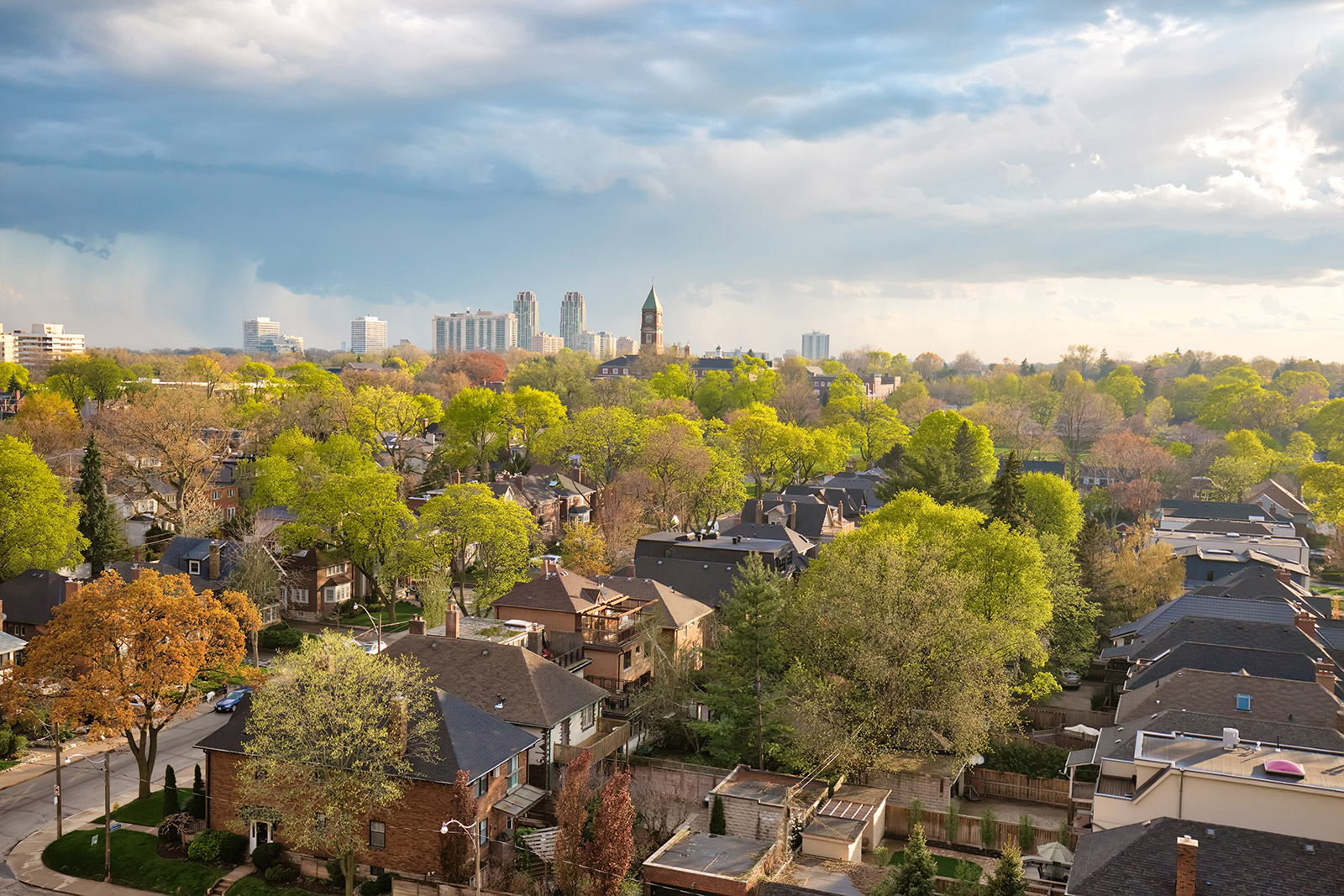How Bill 23 could impact your custom home design project
One of the shared, longstanding complaints of both homeowners and their architectural designers—along with the contractor/builder community—are the costs and scheduling issues associated with obtaining residential building permits in most parts of Ontario. That problem was amplified during the coronavirus pandemic as municipal offices ran short-staffed, housing starts and renovation projects surged and demand for permits skyrocketed. Coupled with continuous population growth and a persistent housing shortage that continues to drive up home prices, it’s not surprising that Queen’s Park took action. Bill 23, More Homes Built Faster Act, 2022, is arguably the government’s most aggressive move in a generation to address province-wide housing shortfalls.

The recently passed legislation aims to spark a new wave of home construction, in particular across the Greater Toronto Area, where demand is greatest, and the population is growing the fastest. The bill is wide ranging and affects nearly every aspect of new home construction, along with permit approvals for home renovations and property additions, in Ontario. From changes in development charge rates to limits on community benefit charges, the intent is to make it easier for developers to build homes en masse. Architectural designers, home builders and other stakeholders are still trying to digest the contents of the bill, but there are specific measures that will have a major impact on custom home construction. Here are some important highlights from the Act:
- New zoning rules will allow for up to three residential units on a single lot (including one in an accessory building), with no minimum unit sizes. These units will be exempt from development charges/community benefit charges and parkland requirements, and property owners will only be required to add one additional parking space to the property, even when multiple units are added
- Coming into force date: Nov. 28, 2022
- Site plan control will no longer apply to developments of as many as 10 residential units, while landscape design aesthetics and architectural details will be removed from site plan control consideration
- Coming into force date: Nov. 28, 2022
- A relaxing of heritage preservation rules. For example, if a property isn’t already heritage listed, municipalities will not be allowed to designate the property under Part IV of the Ontario Heritage Act once the 90-day requirement for Planning Act applications has commenced. Heritage property registers will also be subject to regular reviews and revisions
- Coming into force date: TBD
- Streamlining conservation regulations for all 36 Authorities across the province
- Coming into force date: TBD
- New limits on the scope of Conservation Authorities’ planning approval input and comments
- Coming into force date: January 1st, 2023
You’re likely wondering: What relevance does the Act have in relation to my custom home design project? From what we can tell at this stage, it could be significant.
It should mean that, in general, municipal permits will be issued faster and with fewer comments from planning departments. The back-and-forth during the permitting process plays a factor in increasing the cost and time required to complete a custom home project. With every note from a municipal permitting department, revisions may be necessary and construction deadlines could be pushed out. Over the past year, for example, many homeowners faced rapid cost inflation that saw material and labour costs skyrocket due to permit-related delays.
Major zoning changes proposed in Toronto are also expected to complement Bill 23, opening up large swaths of the city for development and land use intensification.
The key takeaway: Bill 23 has the potential to expedite the time from custom home design conception to project completion. It could also enable more intensive use of existing properties, setting the stage for the addition of new accessory buildings, extensions and more ambitious renovation projects that may have faced significant municipal approval headwinds in the past.
So, what’s next? If you planned to design and build your dream custom home, now is the time to act. While we’re still gathering details as to exactly how permit approval timelines will be impacted—and this is a lagging indicator, meaning that approval timelines could still take several months to improve as sections of the legislation take effect—we’re hopeful that the process will be much smoother going forward.
Working with a custom home design firm such as David Small Designs helps to ensure that your dream home project is seamless from start to finish. Our team is strategic, experienced and understands how to navigate the complexity of the approval process transition that will occur in the months ahead. And, of course, we have an innovative design team focused on ensuring that, even after the planning review and approval process, the architectural integrity of your design will be preserved, that important landscape/treescape features will be maintained across your property, and that your final custom home design will respect the character of the surrounding neighbourhood—no matter the prevailing architectural style.
Bill 23 is transformative legislation almost certain to reshape our communities. For aspiring custom homeowners, it creates new opportunity to bring their residential vision to life.
The David Small Design Team
Contact a member of our team today to begin your custom design journey.


